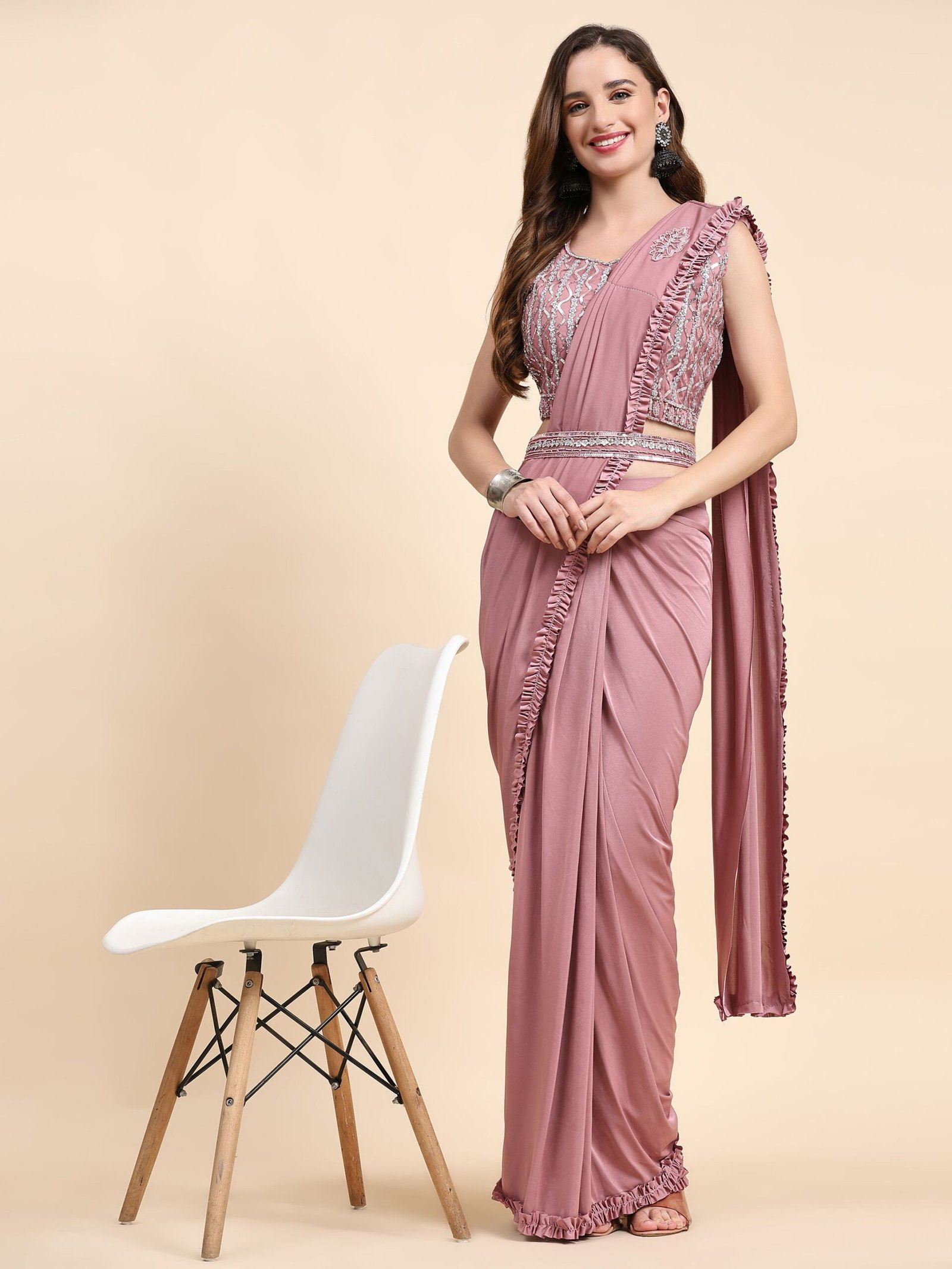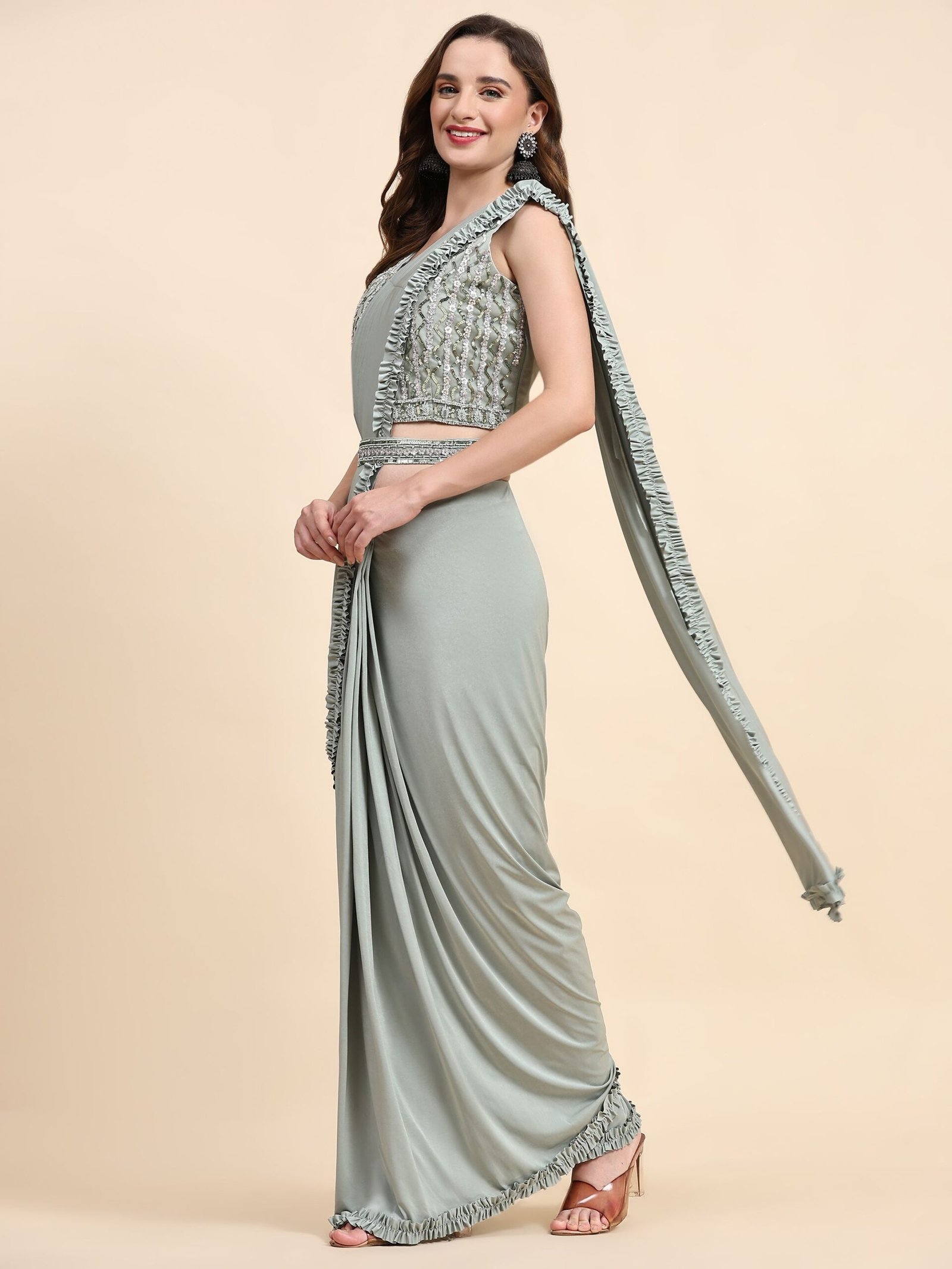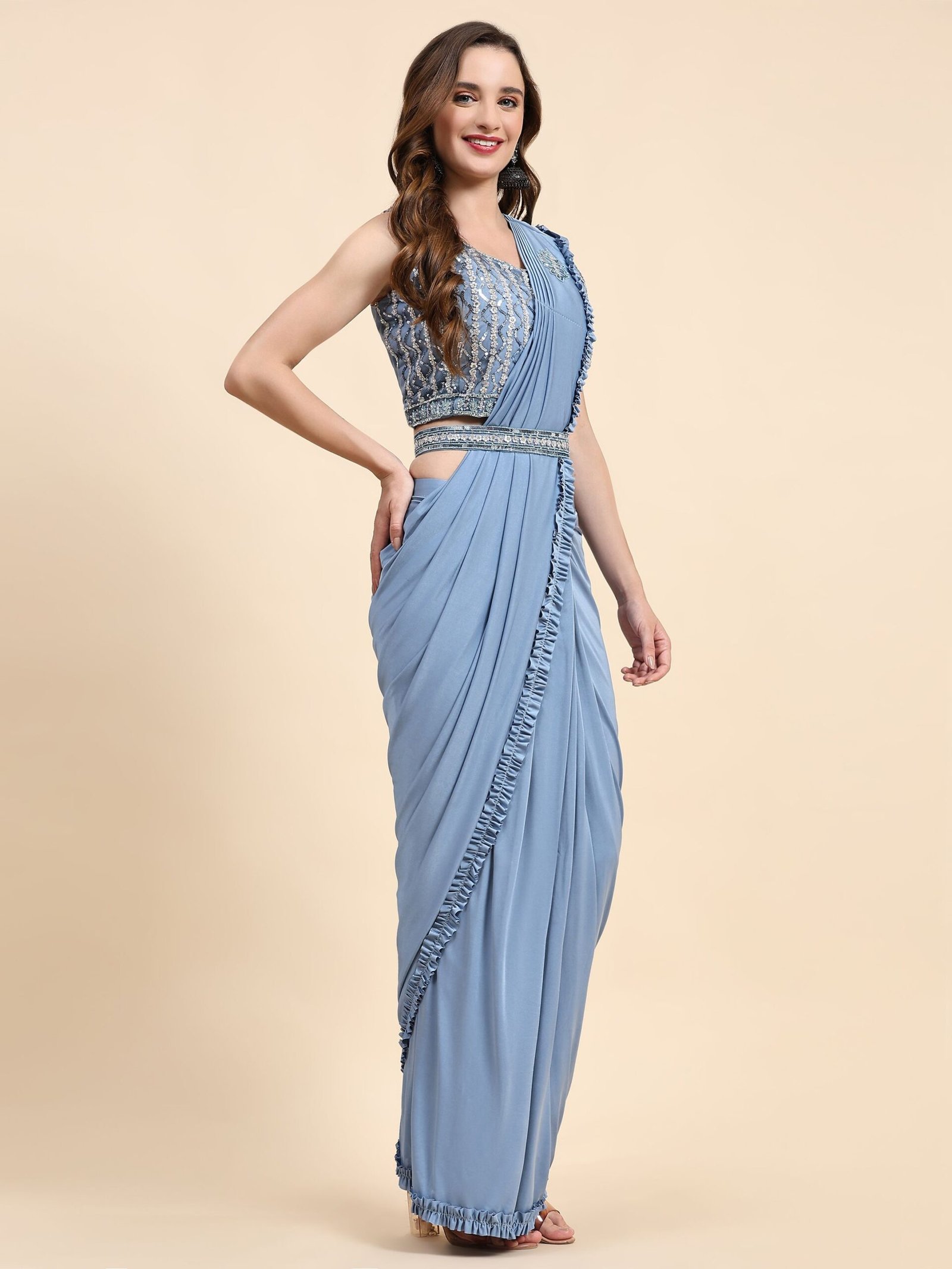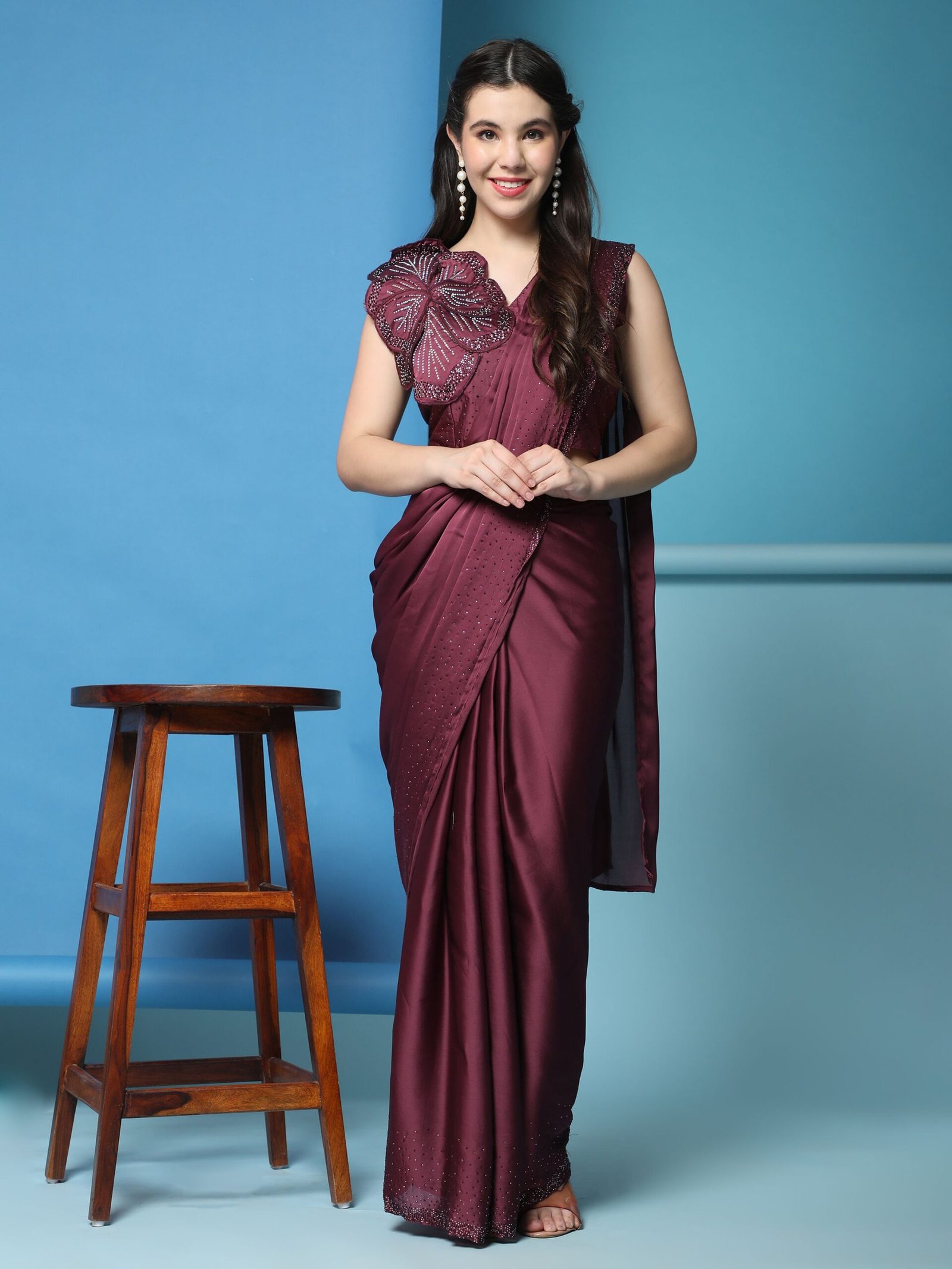India, a land of diverse cultures, is a kaleidoscope of Traditional Dress, each thread of which is intricately woven into the fabric of its traditional dresses. These garments are more than mere attire; they are repositories of centuries-old customs, symbols of regional identity, and expressions of artistic finesse. In this exploration, we embark on a journey through the various states of India, unveiling the captivating stories behind the traditional dresses that have withstood the test of time.
North India: The Regal Elegance of Lehenga Choli and Sherwani :



In the northern region of India, Traditional Dress exude regal charm and elegance. The Lehenga Choli, a three-piece ensemble comprising a flared skirt, a fitted blouse (choli), and a dupatta, is a quintessential choice for weddings and festive occasions. The intricate embroidery, vibrant colors, and rich fabrics make the Lehenga Choli for women a symbol of grace and opulence.
For men, the Sherwani takes center stage. This long coat-like garment, often paired with churidar pants, is adorned with detailed embellishments and embroidery. The Sherwani reflects the grandeur of North Indian weddings and festive celebrations, embodying a perfect blend of tradition and sophistication.
South India: Drapes of Heritage with Sarees and Dhotis :
In the southern part of India, traditional dresses are characterized by the graceful drape of sarees and the simplicity of dhotis. The saree, a six to nine-yard fabric, is draped in various styles across different states. From the Kanjeevaram silk sarees of Tamil Nadu to the vibrant Kasavu saree of Kerala, each style narrates a unique tale of craftsmanship and cultural heritage.
For men, the dhoti is a traditional garment that has stood the test of time. Worn with a kurta or shirt, the dhoti is a symbol of simplicity and elegance. The way it is draped varies from state to state, showcasing the diversity within South Indian traditional attire.
East India: Timeless Elegance in Sambalpuri Sarees and Dhakai Jamdani :
East India boasts Traditional Dress that exude timeless elegance. The Sambalpuri sarees of Odisha, known for their vibrant ikat patterns and traditional motifs, showcase the region’s rich artistic heritage. Similarly, the Dhakai Jamdani sarees from West Bengal are celebrated for their intricate handwoven patterns and lightweight texture.
Saree for Women in East India often embrace the saree as a cultural emblem, while men can be seen wearing traditional attire like the kurta and dhoti or the panjabi with pajama during festivities and cultural events, reflecting a harmonious blend of tradition and contemporary style.
West India: Colorful Celebrations with Ghagra Choli and Bandhani :
In the western part of India, traditional dresses are synonymous with vibrant colors and festive celebrations. The Ghagra Choli, a traditional skirt paired with a blouse and a dupatta, is a popular choice for women during festivals and weddings. The embellishments and mirror work on Ghagra Cholis reflect the exuberance of West Indian culture.
Bandhani, a traditional tie-dye technique, is prevalent in the region and is often used to create colorful and patterned fabrics. Bandhani sarees and dresses are a staple during festivals, capturing the essence of joy and celebration.
Conclusion :
The traditional dresses of India stand as living embodiments of the country’s rich cultural tapestry. From the opulence of North Indian bridal wear to the simplicity and grace of South Indian sarees, each garment tells a story of history, artistry, and regional identity. As we traverse through the diverse landscapes of India, the threads of tradition intertwine, creating a resplendent mosaic that continues to captivate hearts and celebrate the timeless beauty of cultural heritage.

